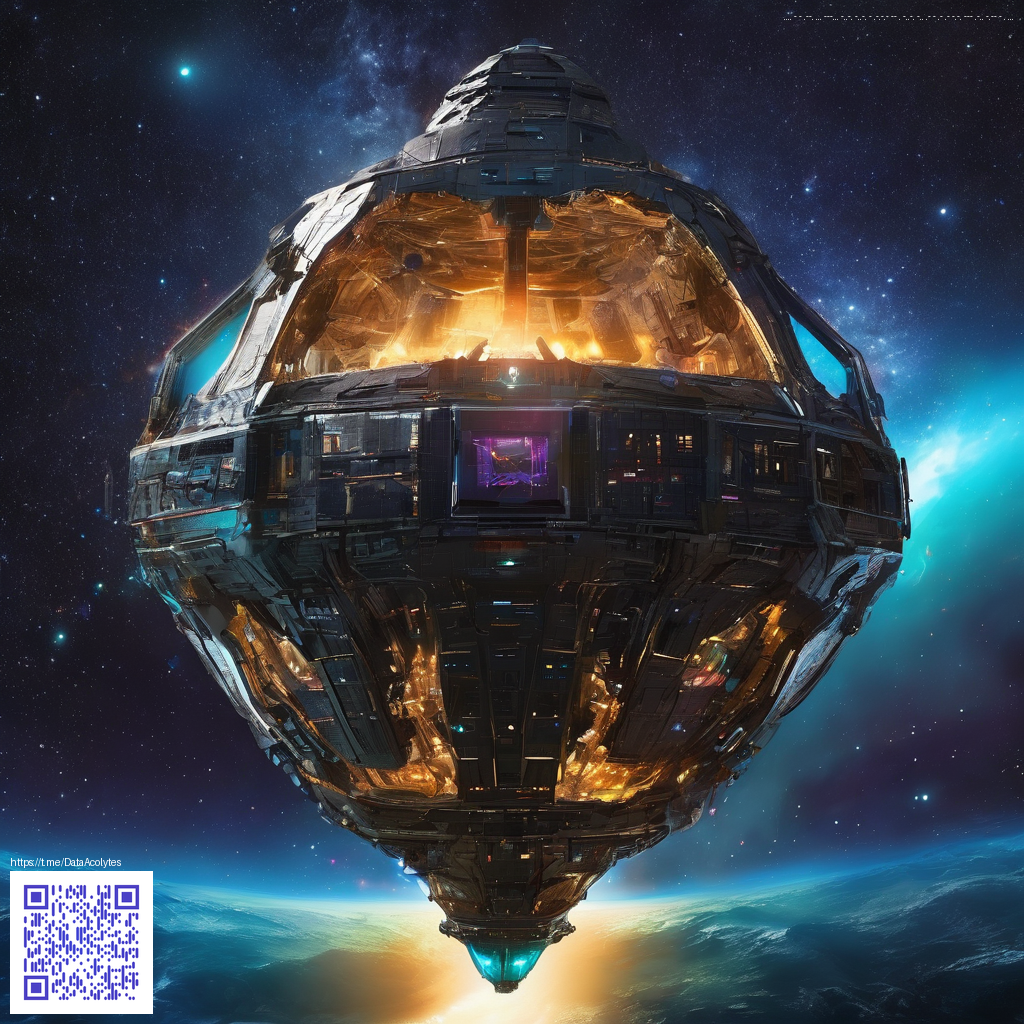
The Next Wave of Digital Stationery and Paper Crafting
Digital stationery has long promised organization, customization, and portability—and the best practices of today show it working in harmony with traditional paper crafting. The future isn’t about choosing one path over the other; it’s about weaving digital tools into tactile workflows so your ideas flow seamlessly from screen to page and back again. When you sketch an idea, draft a layout on a tablet, or print a printable template for a physical scrapbook, you’re participating in a broader, collaborative ecosystem. This ecosystem embraces cloud storage, cross-device editing, and smart templates that learn your preferences over time.
At the core of this shift is an emphasis on flow—how easily ideas can be captured, refined, and shared. Designers and hobbyists are embracing modular kits that adapt to various scales, from quick journaling to large-format layouts. The result is less friction between concept and realization. You might start with a digital seed—an editable template, a color palette, or a layout guide—and then export it to physical media or send it to fellow creators for collaborative embellishment. It’s a world where your sketchbook becomes a shared blueprint, and your notes reach beyond paper into the cloud-based archive you access from any device.
Where digital tools meet tactile craft
One of the most exciting elements is the way AI-assisted design enhances the craft experience without stealing the human touch. Suggestions for typography, spacing, and color harmonies can accelerate the iteration process, while still allowing you to imprint personal flair with handwriting, stamps, and textures. Printable kits are evolving too: dynamic pages that adjust in real time to your notes, or printable sticker sheets that align perfectly with your digital planning sheets. This synergy keeps the ritual of paper crafting alive while unlocking new scales of precision and customization for professionals and enthusiasts alike.
“The future of making is not a replacement of hands by machines, but a conversation between the digital and the tactile.”
Accessories and hardware that complement these workflows are also advancing. Durable materials and clever form factors ensure that your devices and tools travel with you as your projects travel from concept to concrete. For makers who constantly switch between screens and notebooks, the hardware that carries and protects your gear becomes part of the creative process itself. As you explore this landscape, you’ll notice how a well-designed case or accessory can reduce friction and encourage you to carry more of your ideas with you—whether you’re sketching on a tablet during a commute or laying out a printed page in a studio session. If you’re curious about a product that embodies this bridge between digital and physical, you can explore the Slim Glossy Phone Case for iPhone 16, an ultra-thin Lexan-based option featured on the product page linked here.
To see another perspective on integrating digital and handmade workflows, this related discussion offers insights tied to current design practices: 0e26d10a.html.
Practical steps to embrace the blend
- Start with a flexible digital template that can be customized and exported as a printable page.
- Use color palettes that translate well from screen to print to maintain visual harmony across media.
- Experiment with QR codes or AR prompts that link to digital notes or cloud-stored ideas.
- Invest in modular binders, sleeves, and printables that fit both your digital planning and your handcrafting rituals.
Ultimately, the trajectory is about empowering your creativity. Digital stationery offers speed and precision, while paper crafting preserves the tactile joy of making things by hand. The most satisfying work often emerges when you honor both those impulses—capturing a spark on a device, then shaping it with ink, texture, and cut paper. In this evolving landscape, resources like the product pages and community discussions become navigational beacons—helping you chart your own hybrid path with confidence.